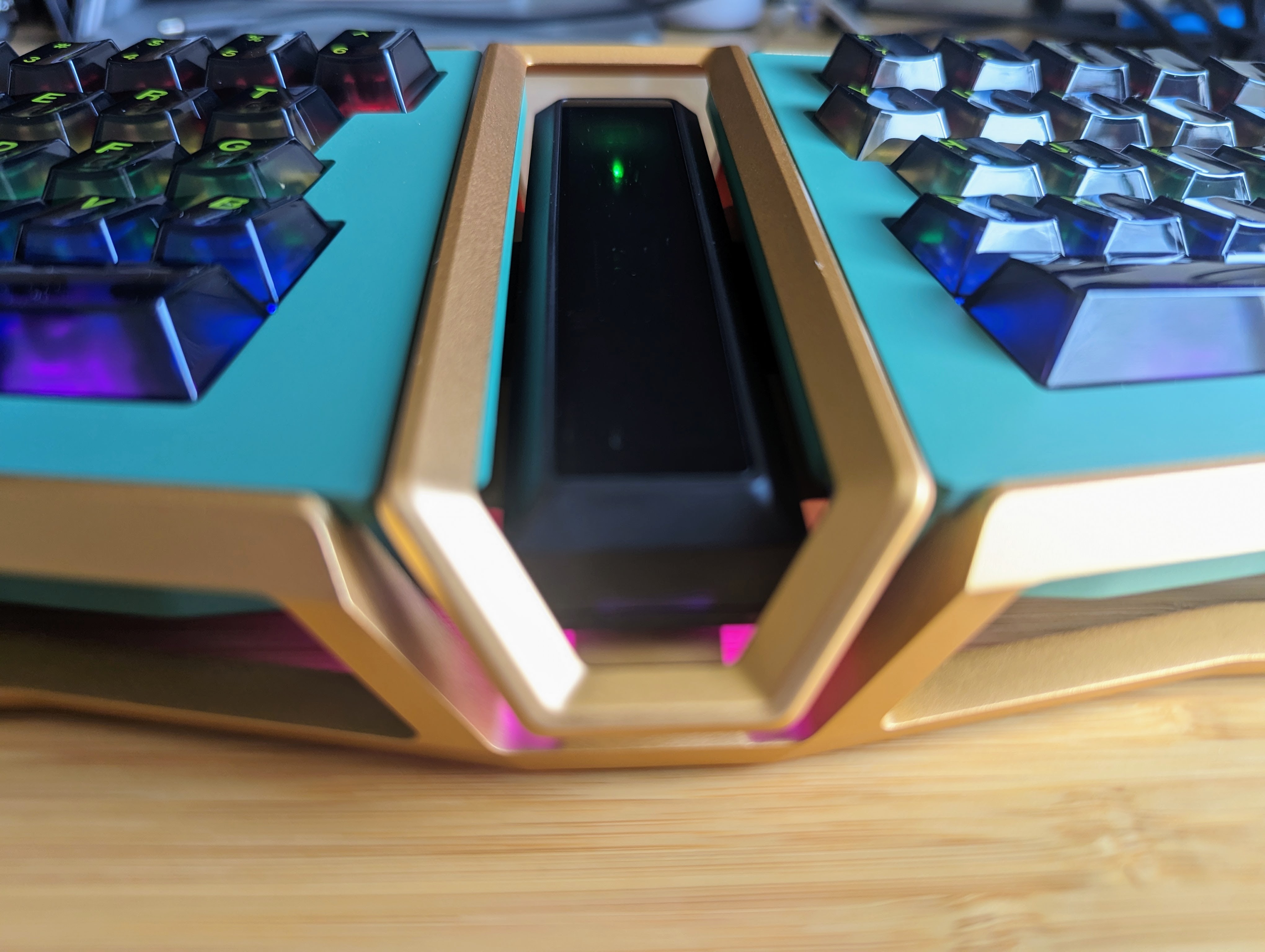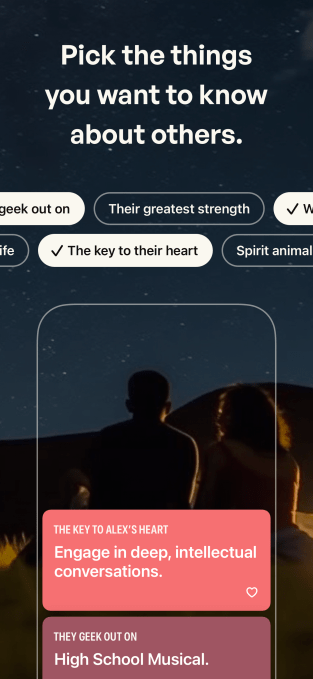AI startup Stability AI continues to refine its generative AI models in the face of increasing competition — and ethical challenges.
Today, Stability AI announced the launch of Stable Diffusion XL 1.0, a text-to-image model that the company describes as its “most advanced” release to date. Available in open source on GitHub in addition to Stability’s API and consumer apps, Clipdrop and DreamStudio, Stable Diffusion XL 1.0 delivers “more vibrant” and “accurate” colors and better contrast, shadows and lighting compared to its predecessor, Stability claims.
In an interview with TechCrunch, Joe Penna, Stability AI’s head of applied machine learning, noted that Stable Diffusion XL 1.0, which contains 3.5 billion parameters, can yield full 1-megapixel resolution images “in seconds” in multiple aspect ratios. “Parameters” are the parts of a model learned from training data and essentially define the skill of the model on a problem, in this case generating images.
The previous-gen Stable Diffusion model, Stable Diffusion XL 0.9, could produce higher-resolution images as well, but required more computational might.
“Stable Diffusion XL 1.0 is customizable, ready for fine-tuning for concepts and styles,” Penna said. “It’s also easier to use, capable of complex designs with basic natural language processing prompting.”
Stable Diffusion XL 1.0 is improved in the area of text generation, in addition. While many of the best text-to-image models struggle to generate images with legible logos, much less calligraphy or fonts, Stable Diffusion XL 1.0 is capable of “advanced” text generation and legibility, Penna says.

Image Credits: Stability AI
“We hope that by releasing this much more powerful open source model, the resolution of the images will not be the only thing that quadruples, but also advancements that will greatly benefit all users,” he added.
But as with previous versions of Stable Diffusion, the model raises sticky moral issues.
The open source version of Stable Diffusion XL 1.0 can, in theory, be used by bad actors to generate toxic or harmful content, like nonconsensual deepfakes. That’s partially a reflection of the data that was used to train it: millions of images from around the web.
Countless tutorials demonstrate how to use Stability AI’s own tools, including DreamStudio, an open source frontend for Stable Diffusion, to create deepfakes. Countless others show how to fine-tune base Stable Diffusion models to generate porn.
Penna doesn’t deny that abuse is possible — and acknowledges that the model contains certain biases, as well. But he added that Stability AI’s taken “extra steps” to mitigate harmful content generation by filtering the model’s training data for “unsafe” imagery, releasing new warnings related to problematic prompts and blocking as many individual problematic terms in the tool as possible.
Stable Diffusion XL 1.0 also includes artwork from artists who’ve protested against companies including Stability AI using their work as training data for generative AI models. (Several artist and stock photo company Getty Images have filed lawsuits to stop the practice.) Stability AI, which has a partnership with startup Spawning to respect “opt-out” requests from these artists, says that it hasn’t removed all flagged artwork from its training data sets but that it “continues to incorporate artists’ requests.”
“We are constantly improving the safety functionality of Stable Diffusion and are serious about continuing to iterate on these measures,” Penna said. “Moreover, we are committed to respecting artists’ requests to be removed from training data sets.”















 English (US) ·
English (US) ·